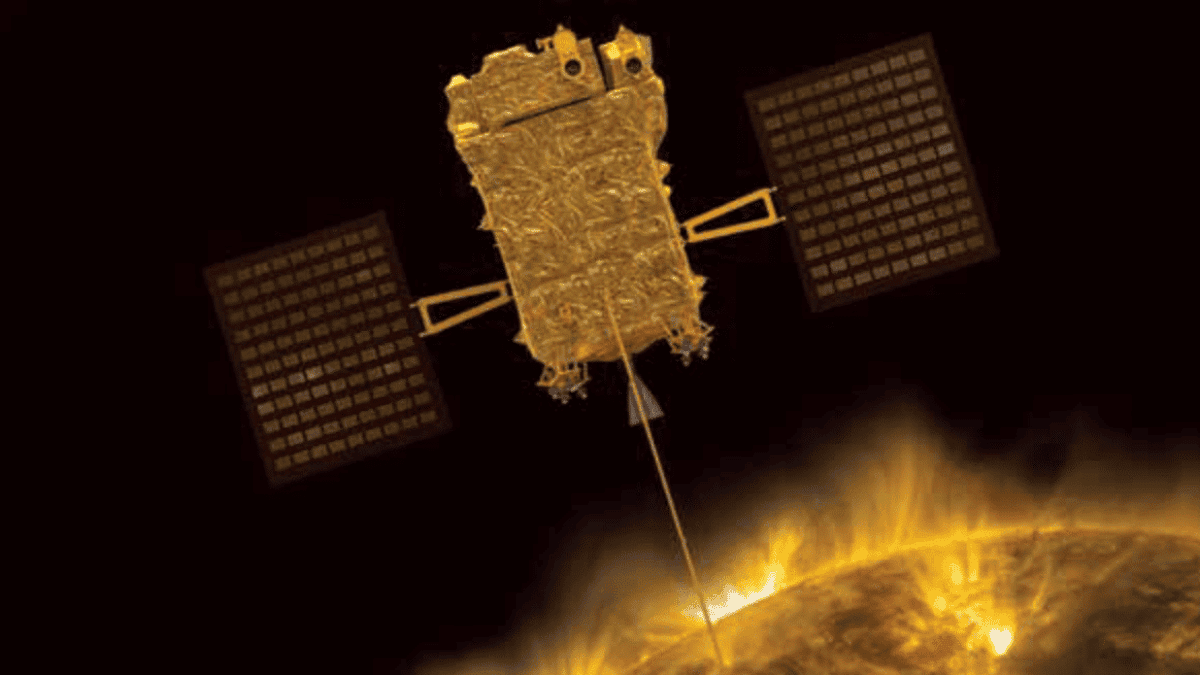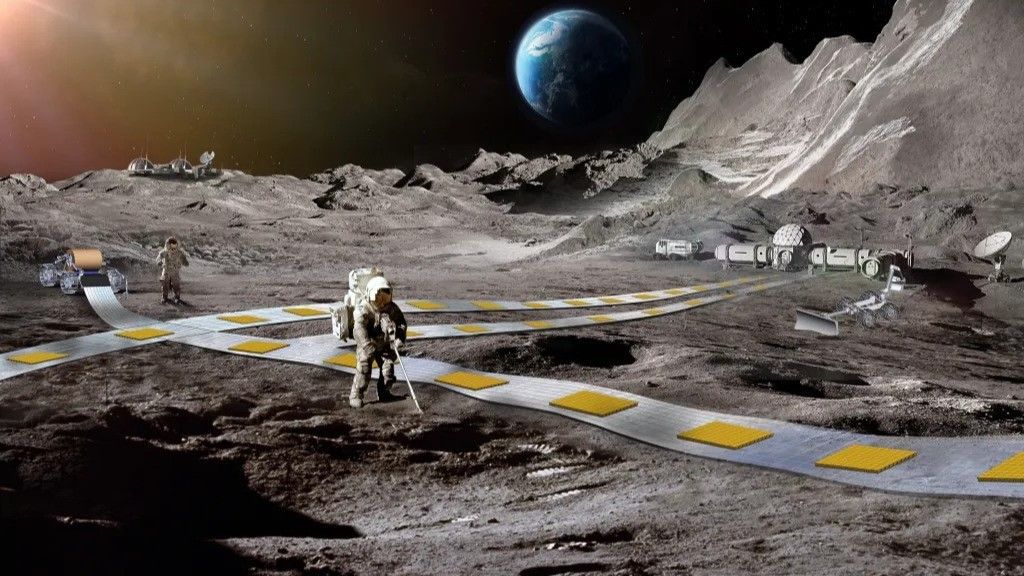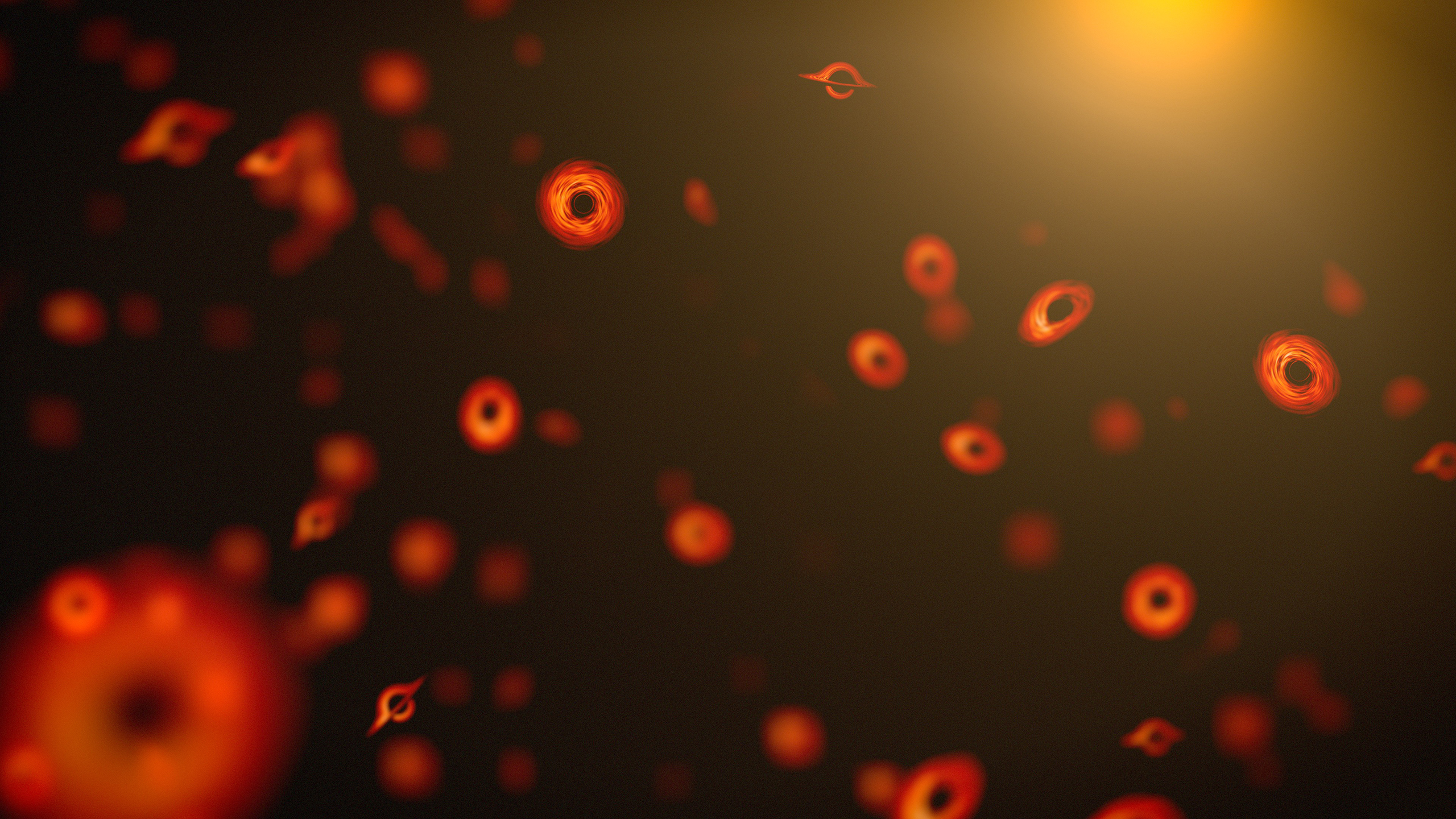Get the latest tech news
NASA’s Quest to Touch the Sun
The outer layers of the sun’s atmosphere are a blistering million degrees hotter than its surface. NASA sent a probe to find out why—by getting closer to the star than ever before.
Until then, the solar community had mostly focused on remote observations of the sun, made by ground-based telescopes, rockets, or satellites such as SOHO, a mission led by the European Space Agency (ESA) that had recently been launched and is still operating. The solar-wind community, on the other hand, was busy collecting and analyzing samples of the extended corona using satellites such as NASA’s Advanced Composition Explorer and Ulysses, a joint ESA/NASA mission that flew over the sun’s poles. Instead of being a disorganized fluid, the near-sun solar plasma whooshes outward in streamlets that often match the sizes of the convective supergranules on the sun’s surface—the cells around which magnetic fields concentrate, amplify, and escape into the corona.
Or read this on Wired



